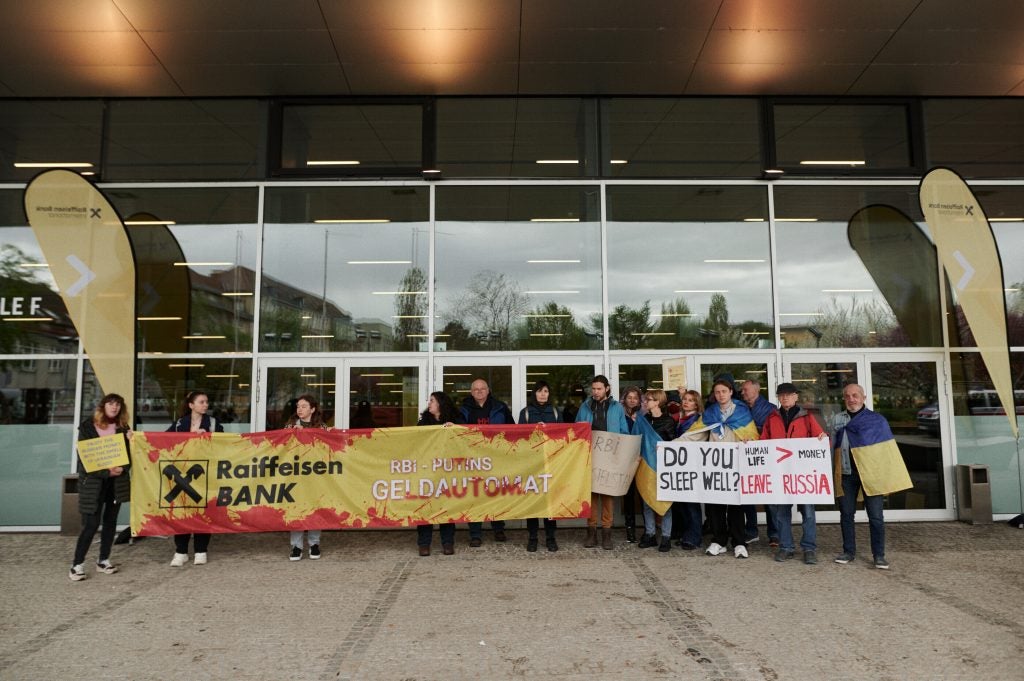Demand for lessors among print machine operators remains strong.
However, to remain competitive lessors must offer low rates and be
able to cope with the impact of improved technology.
Although the European print machinery sector is experiencing
tighter liquidity, oversupply of capacity and competition from
internet-based technology, the financiers of this sector still
broadly find it a lucrative industry to be in.
With competition increasing in the printing market and machines
becoming increasingly expensive and technologically advanced,
lessors overall find a large constant source of demand for their
services.
“These machines cost a huge amount, starting from €20,000 up to
€5m. The finance quota [the rate of leasing uptake by printing
lessees] is generally between 80 and 85 per cent, so there is a
huge demand for finance,” says Jurgen Wingenfeld, sales manager at
SudLeasing.
Deal sizes, which largely depend on the lessor and type of
machinery being financed, are largely lucrative and range between
€30,000 and several million Euros.
Struggling
How well do you really know your competitors?
Access the most comprehensive Company Profiles on the market, powered by GlobalData. Save hours of research. Gain competitive edge.

Thank you!
Your download email will arrive shortly
Not ready to buy yet? Download a free sample
We are confident about the unique quality of our Company Profiles. However, we want you to make the most beneficial decision for your business, so we offer a free sample that you can download by submitting the below form
By GlobalDataHowever, Simon France, head of the print machinery leasing
division at HSBC Asset Finance, says the printing industry itself
has been struggling for the last seven to 10 years. This is partly
because internet-based technology is replacing what was once
traditionally printed, and that a lot of machinery is so productive
that it can replace the work of several machines.
Similarly, Basil Bannayi, managing director of Close Asset
Finance, adds: “In an industry where equipment is becoming more
efficient, but the market has not got any bigger, the smaller
players have been swallowed up in the process of consolidation and
interest of economies of scale.”
This, however, has not deterred printing lessees from demanding
leasing services.
“With fewer start-up companies there is more opportunity to lend
money to people, against their company’s equipment, to assist in
their consolidation,” Bannayi adds.
This is particularly the case for lessors that lend against a
company’s asset, as opposed to their balance sheet.
Also, as credit and funding lines dry up among major banks,
clients and lessees are increasingly turning to independent
financiers, which have a broader spectrum of risk available.
“We are a bank that does well in times of Strong but demanding
Demand for lessors among print machine operators remains strong.
However, to remain competitive lessors must offer low rates and be
able to cope with the impact of improved technology ASSET PROFILE
difficulty, when high street banks pull their reins in, because
there is more opportunity to take in business that would normally
find a finance model elsewhere,” Bannayi says.
Nevertheless, overall lessors are reporting that leasing margins
are tightening and becoming more competitive, as funding costs
increase and interest rates remain low. The economic downturn also
means that customers’ credit criteria is changing and becoming more
volatile, which requires a greater element of portfolio protection
from financiers.
“People may have to look at alternative types of products for
more flexible types of financing rather than just relying on hire
purchase and finance leases,” Muir says.
Hire purchase allegedly remains the dominant form of print
machinery financing, partly because it suits the long lifespan of
the assets. Some companies, however, such as Pitney Bowes, use
operating leasing extensively.
“Customers want to capitalise on the asset and show it on their
balance sheet. They’ll depreciate it in the normal way, and can
often make profit on selling the asset at the end,” France
says.
Value
Print machinery also holds its value well, which means that the
general repayment period is about seven years and the depreciation
rates are slower. “For example, if you have a million-pound
machine, in seven or eight years’ time, it will be worth a quarter
of a million,” France adds.
This is particularly true for the more hard core metal machines,
otherwise known as ‘litho’ or ‘web’ machinery, which can last up to
20 years, require little updating and which hold their value
well.
“We can start finance on these machines when they are already 10
years old and they will still cost hundreds of thousands of
pounds,” France says.
However, today there is more pressure on lessors, Muir says, to
take higher residual values (RV), that lower the cost of finance to
their customers. This is partly because the more technologically
advanced machines used become obsolete faster, and therefore
lessors have to give something back to the customer.
In order to mitigate the risk associated with taking higher RV,
lessors need to be confident of the asset’s ability to be
remarketed effectively and make a sufficient return at the end of
the agreement.
Pitney Bowes also avoids asking for downpayments and
administrative fees on agreements because, as Muir says: “In my
view it takes the object away from the financing. Also we need to
remain competitive, particularly in comparison to the third-party
banking environment.”
Other independent lessors and bank-owned lessors in this sector
report that their down-payment requirements depend on the strength
and credit rating of the lessee’s business.
Risk
Most lessors agree that market and asset knowledge is the most
important criteria in mitigating risk. Pitney Bowes, for example,
says that as a captive it has greater ability to take and spread
its risk because it is more directly in touch with the
manufacturers and asset valuation strategies.
“We can take a commercial view based on resaleability of that
asset. Compared to other traditional finance houses, captives don’t
have to lease to companies that have the strongest liquidity or
balance sheet, because they have a speciality in understanding the
equipment, how to remarket and refurbish it, and what sort of value
they will get back for it,” Muir says.
Meanwhile bank-related print machinery lessors, such as HSBC
Commercial Finance, seek to expand their client base by using
multiple sources to market.
“We go direct with customers of the bank, through repeat
business, our own marketing or through our suppliers, vendors and
brokers,” he says.
Lessors’ routes to market inevitably depend on their business
model. But the shrinking in the print machinery industry means
there are fewer market routes to choose from.
Nevertheless, Wigenfeld says: “There are still a lot of printers
who would like to invest and are now searching for financing
partners. A year ago, for comparison, there was uncertainty in how
the industry will develop, but as Drupa [the print machinery trade
fair] showed, there are still a lot of lessees interested in
financing.”







